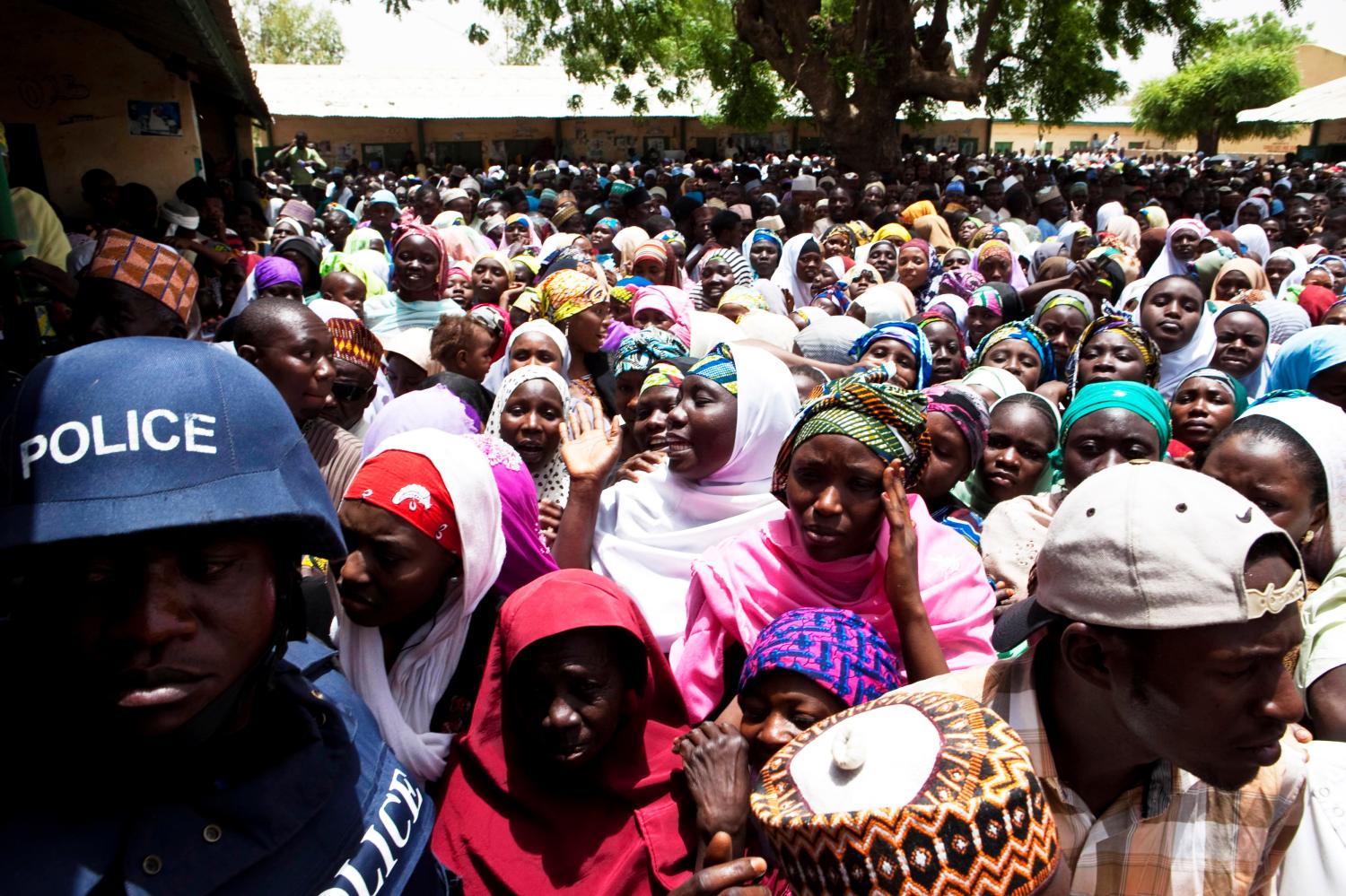Editor’s Note: This presentation was prepared for the Ethiopian Community Development Council Annual Conference on “African Refugee and Immigrant Lives: Conflict, Consequences, and Contributions,” May 2-4, 2012.
Thank you for the opportunity to speak with you this morning about internal displacement in Africa. I’d like to begin with making eight short observations about the current state of internal displacement in Africa and then turn to a more detailed discussion of the new African Union Convention for the Protection and Assistance of Internally Displaced Persons in Africa, which is the most promising initiative in the development of normative frameworks on internal displacement in two decades.
Let me begin by making some observations about internal displacement caused by conflict in Africa.
Observation 1:
Africa has many more internally displaced persons (IDPs) than refugees – in fact, there are nearly five times as many IDPs. As of late 2010, there were around 2 million refugees in sub-Saharan Africa while the corresponding figure for IDPs was around 11 million. But while there is a 60-year old convention on refugees and a dedicated UN agency to protect and assist refugees, the corresponding system for responding to internal displacement is much weaker. The Guiding Principles on Internal Displacement are widely recognized as the prevailing normative framework for IDPs and while these principles are drawn from binding international law, the Principles themselves are not a legally binding instrument. Nor is there a dedicated UN agency to address the needs of IDPs (though progress has been made in recent years in assigning responsibility for IDP issues to existing UN agencies.) Rather it is the responsibility of national governments to protect and assist those displaced within the borders of their countries.
Africa is, and has long been, the region with the largest number of IDPs in the world. Out of an estimated 26.4 million IDPs in the world at the end of 2011, there were some 9.7 million IDPs in sub-Saharan Africa – a figure which is down 13 percent from 2010 when there were just over 11 million.[1] This refers only to those displaced by conflict and human rights violations. Patterns of internal displacement resulting from conflict are similar to the number of refugees.
|
Country |
No. of IDPs (as of Dec. 2011) |
No. of refugees originating from this country (as of Jan. 2011 and registered w/UNHCR) |
|
Sudan |
2.2 million |
387,300 |
|
Democratic Republic of the Congo |
1.7 million |
476,700 |
|
Somalia |
1.5 million |
770,150 |
Observation 2:
Globally, most internal displacement is protracted, defined as displacement lasting more than five years. In fact, some 40 countries in the world have situations of protracted internal displacement. In Africa, IDPs in around 15 countries were displaced more than five years ago.
It is well-known that the longer displacement lasts, the more difficult it is to find sustainable solutions. For example, people occupy land left behind by IDPs and issues of restoration of land and property become complex, particularly in situations where most people hold land through customary law rather than individual legal titles, as in Africa. Also relevant for the African context is the combination of patriarchal land tenure systems and wars that result in many widows and orphans which makes durable solutions all the more difficult to achieve. And in some countries, people do not have any land to return to, as is the case for some of the 30,000 still internally displaced in Uganda. IDPs in Darfur – estimated at nearly 2 million people – live largely in camps which are difficult living environments, but which also provide services not available in rural areas. In addition to insecurity, the lack of education and health services in communities of origin complicates efforts to find durable solutions. Moreover, protracted displacement often co-exists with new displacement due to fresh outbreaks of conflict as evident today in the current clashes between Sudan and South Sudan. Other countries, such as the Democratic Republic of Congo and the Central African Republic have both long-standing populations of IDPs and new IDPs created by recent conflicts.
Observation 3:
And yet, even protracted internal displacement is not necessarily static. IDPs move from place to place, often in search of security and livelihoods opportunities. Sometimes they return home and when things do not work out, they move on. The conflicts responsible for the initial displacement may be resolved (as in the 2005 Comprehensive Peace Agreement in Sudan) but people are displaced again when there is more violence, as is occurring now in South Sudan. Tracking secondary movements is difficult and it is hard for governments and humanitarian organizations to provide assistance appropriate to the particular stage of displacement when IDPs are often on the move.
[1] IDMC, Global Overview 2011: People internally displaced by conflict and violence, p. 8, www.internal-displacement.org.
The Brookings Institution is committed to quality, independence, and impact.
We are supported by a diverse array of funders. In line with our values and policies, each Brookings publication represents the sole views of its author(s).




